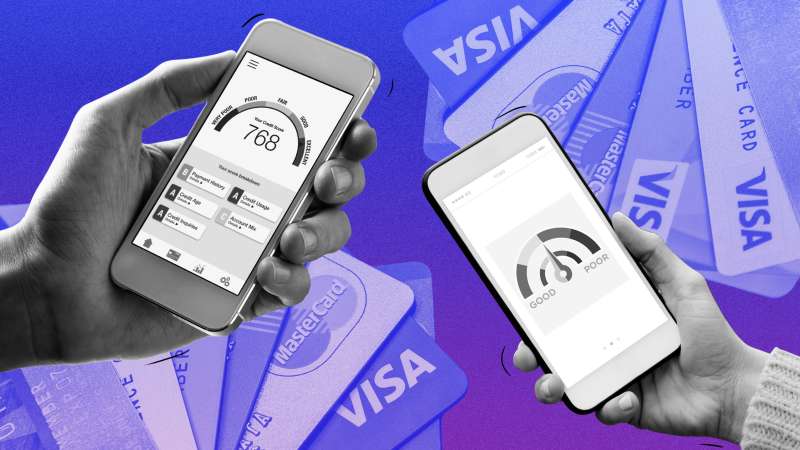The Average Credit Score Didn't Go up This Year — for the First Time in Over a Decade

Credit scores saw a jump during the first year of the pandemic. Now, amid high inflation and rising consumer debt, they're holding steady — and that's not necessarily a good thing.
The national average FICO credit score sits at 716, which is still an all-time high but is unchanged from a year ago, according to a new report from FICO, the analytics company that developed one of the go-to credit scores for lenders.
"This leveling-off of the score is significant, as 2022 marks the first time in over a decade that the average FICO score has not increased year over year," says Can Arkali, senior director of scores and predictive analytics at FICO.
FICO scores range from 300 (poor) to 850 (excellent). Credit scores are used by lenders to determine how risky (or not) you'll be as a borrower; they impact the terms of credit cards, personal loans and mortgages.
"It seems that the economy and a return to pre-pandemic consumer spending patterns helped put the brakes on any further upward movement in the current year," says Bruce McClary, senior vice president of communications at the National Foundation for Credit Counseling. "The latest FICO data shows an annual increase in credit card balances and missed payments, indicating that more Americans are struggling to manage the debt they owe and are in need of help."
In 2020, the average FICO score jumped five points from 708 to 713. This increase was due to the economy's rapid recovery from the early days of COVID-19 lockdown, the government's stimulus programs and historic levels of household savings on top of lenders' payment accommodation programs, Arkali wrote in the FICO report.
Now, the growth has leveled off as Americans cope with skyrocketing prices for everything from gas to groceries by taking out credit cards and draining their savings.
Around 20% of the "FICO-scorable" population saw their score decrease by at least 20 points between April 2021 and April 2022.
"For many of these consumers, this decrease has likely been driven by the inverse of the trends that drove the national average FICO score up during the first year of the pandemic: a slowdown in economic growth, surging inflation, a decrease in household saving rates and ramping down of government stimulus programs," Arkali added.
Why credit scores aren't improving
The average credit score has stayed steady in part due to an uptick in missed payments. As of April, just over 15% of the population had dealt with a 30-plus day past-due bill in the past year — an increase of a little over 1% from the year before.
Then there's the rising level of consumer debt. The average credit card utilization was 31% as of April (up from 30% as of April 2021 but down from 33% as of April 2020), according to the report.
And finally, more consumers are getting credit cards, taking new credit activity back to pre-pandemic levels.
To find out your credit score for free, you can use a service like Credit Karma or Credit Sesame. If you're not happy with what you see and want to improve your own credit score, experts recommend paying your bills on time, monitoring your credit utilization ratio and regularly pulling your free online credit report to check for errors and/or fraud.
More from Money:
Americans Are Getting Tons of New Credit Cards to Cope With Inflation
